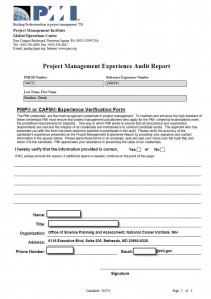I was looking for something on the SEI website and came across a piece about Brooks' Law that caught my attention. Brooks’ law is a principle in software development which says that “adding manpower to a late software project makes it later”. It was coined by Frederick P. Brooks, Jr. in his 1975 book The Mythical Man-Month. You may have already experienced it but never put a name to it. I would fall under that category. I've seen Brooks' Law happen first hand but didn't know it had a name.
The vendor was doing predictive versus adaptive planning. They did a very poor job of estimating. Since the customer accepted the estimate, it was just a matter of time that the house of cards would come crashing down. As time progressed through the period of performance, we saw the vendor reach each milestone later and later. (They were following a waterfall approach) At each status meeting the vendor was pressed for an answer to the question of how they were going to recover the schedule. When it was painfully clear that the vendor could not complete the scope of work (within the alloted time), even if they convinced their people to work nights and weekends, they proposed to bring on more people to take care of the backlog of work. That's right, they were going to bring on a small army with no experience with the customer, the program, or the product. They were going to blow the budget, in the hopes to recover the schedule on the currently agreed upon scope of work.
One stakeholder was very candid when he said, during a status review
It sounds like the plan is to throw as much [something] at the wall as you can and see what sticks.
It's rather sad that the vendor looked at this as such a simple equation.
Team A (Input) + Team B (Input) = Team A + Team B (Output)
In reality, the equation looked more like this:
Team A (Input) + Team B (Input) = [(Team A * .75) + (Team B * .50)] Output
Have you seen Brooks' Law on your project? What was the outcome?










